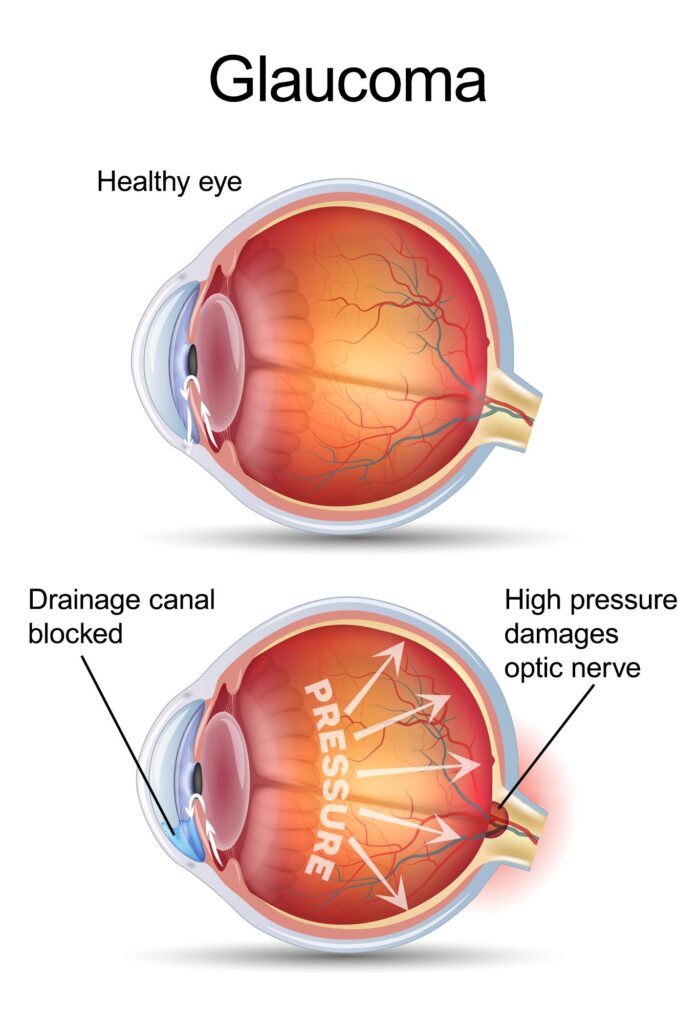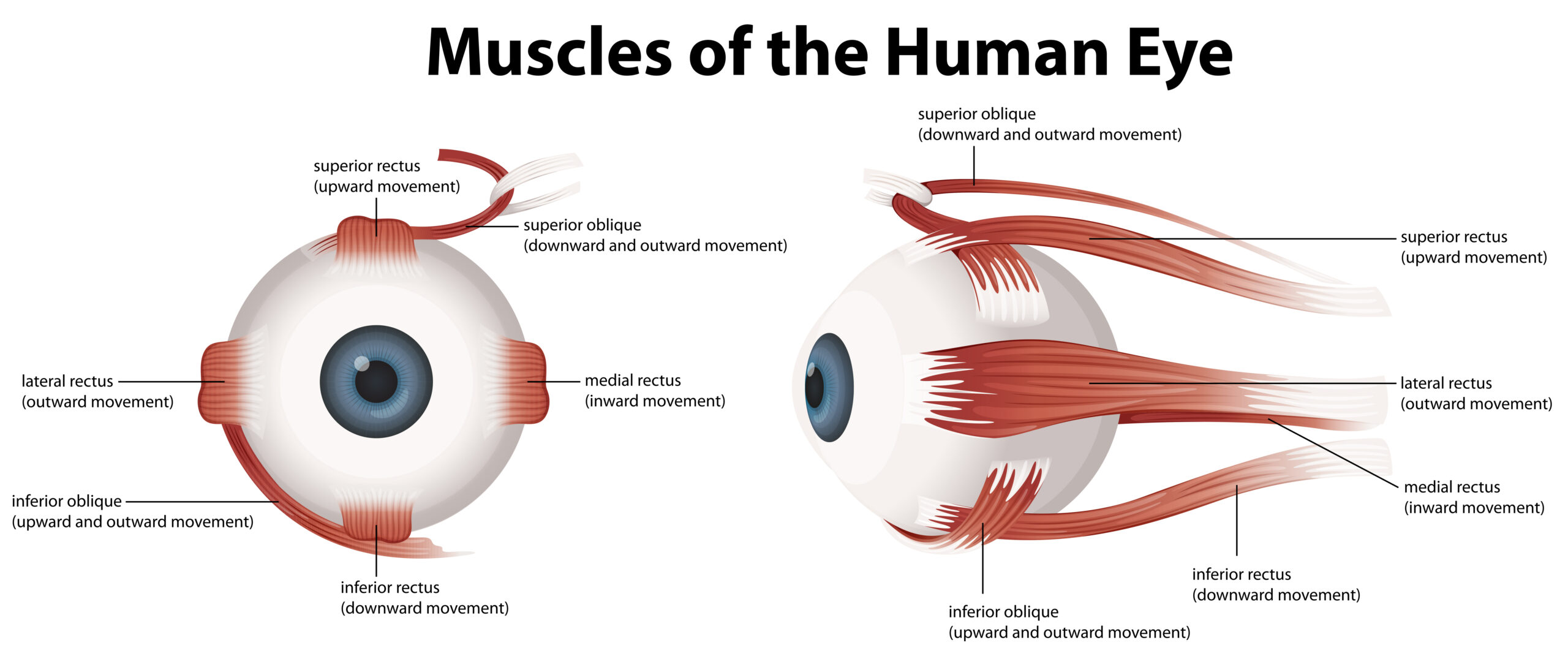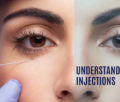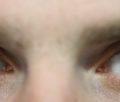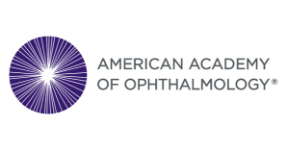Glaucoma is a group of eye diseases where the optic nerve in the back of your eye is damaged, causing a reduction in the visual field (tunnel vision or complete vision loss and blindness in the late stages). This damage is often caused by abnormally high pressure in your eye. Early detection of glaucoma is extremely important because the damage to the optic nerve is irreversible.
Early glaucoma is usually not associated with any symptoms. Some patients with angle closure type glaucoma may experience headache, nausea, blurred vision and irritation in the eyes. As soon as you start facing any of these problems, it is advisable to visit ophthalmologist and get a comprehensive eye test.
Laser treatment can be performed for many patients with glaucoma and can be a good alternative to long-term eye drops, which can be associated with side effects. Laser treatment helps to lower the pressure inside your eye. However, it must be noted that not all types of glaucoma can be treated by laser treatment. It is important to get a correct diagnosis, which will guide the appropriate treatment options offered by your ophthalmologist.
Types of Laser Eye Treatment
Broadly, there can be three types of Laser Eye Treatment:
1. Laser Trabeculoplasty:
This laser treatment is used to treat open-angle glaucoma. Laser trabeculoplasty uses a focused beam of light to treat the drainage angle in your eye and improve the flow of aqueous fluid. This type of laser eye treatment can be further classified into two types:
Selective laser trabeculoplasty (SLT)
This laser procedure is commonly for open angle glaucoma. It is a simple and non-invasive yet highly effective treatment that is performed in the office by an ophthalmologist. In this procedure, which usually takes less than five minutes to perform, a highly targeted low-power laser is focused on the trabecular meshwork in the drainage angle. The laser is gentle on the eye structures and helps to open up some of the drainage channels. This reduces the intraocular pressure, and also allows some patients to reduce the number of eye drops they need to use every day.
Argon laser trabeculoplasty (ALT)
This is an older treatment modality that is no longer used as it is not as gentle as SLT and causes permanent structural changes inside the eye.
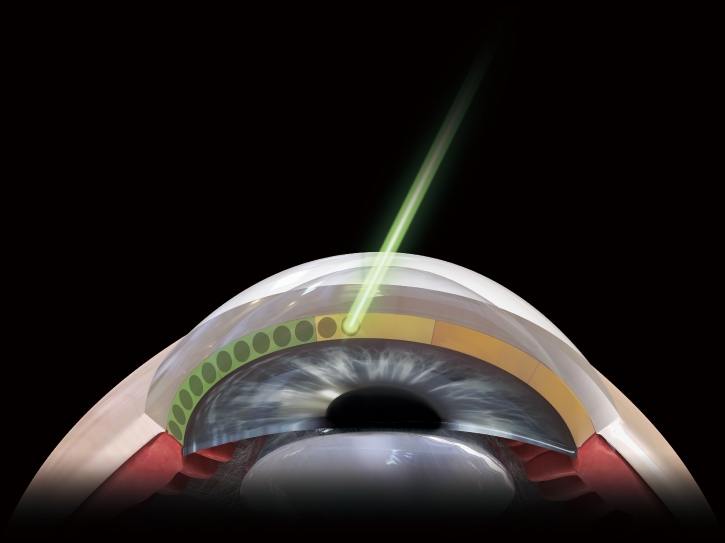
2. Laser Peripheral Iridotomy (LPI)
The procedure of laser iridotomy is to create a small hole in the iris (coloured part of the eye) to balance the pressure behind the iris and open the angle to allow the aqueous fluid to flow freely. This treatment is recommended if you have narrow or closed-angle glaucoma, or are at risk of developing this. This happens if the space between your eye’s iris and cornea is too narrow.
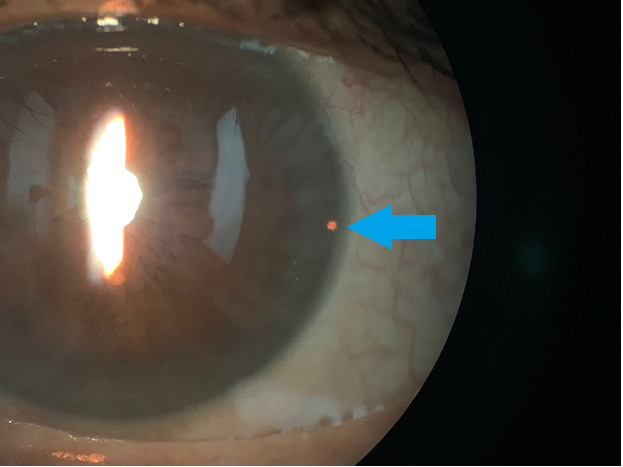
A small hole is created in the iris to allow fluid to flow freely and reduce the risk of angle closure glaucoma.
3. Cyclophotocoagulation
This laser treatment is performed for advanced glaucoma, usually in eyes that are blind and painful. In this procedure, the ciliary body is ablated (burnt) to reduce the cells that produce aqueous fluid. You may need to repeat this procedure over time to keep the pressure in check.
How is SLT laser treatment for glaucoma performed?
The eye is made numb with anaesthetic eye drops. You will be awake and sitting upright. The ophthalmologist holds a special lens in contact with the surface of the eye. The lens helps to focus the laser beam at the exact spot. Gentle pulses of laser energy are delivered by a specialised microscope. The procedure is painless and very well tolerated. For most patients, no eye drops are necessary following the laser treatment, but it is important to continue your usual glaucoma drops until instructed otherwise. The intraocular pressure is usually re-checked in 6-8 weeks following the laser treatment.
Laser surgery (SLT) is highly effective for glaucoma, with some studies showing that 4 out of 5 patients undergoing treatment have an intraocular pressure reduction by about 25%. The treatment may not always work in all patients, and some patients may benefit from a repeat treatment later on. All treatments have their own set of risks and side effects. Therefore, it is important to discuss your past and present glaucoma treatments with your ophthalmologist and determine the risks and benefits of laser in your individual case.
Who would benefit from SLT laser treatment?
- Patients with primary open angle glaucoma
- Patients with pseudo-exfoliation or pigmentary glaucoma
- Patients who are intolerant of glaucoma eye drops or have difficulty in taking them
Are there any side effects of the laser eye treatment for glaucoma?
Just like any other procedure or surgery, glaucoma laser treatment can have some risks and side effects.
Possible side effects of the glaucoma laser treatment are:
- Swelling or soreness in the eye.
- Bleeding inside the eye, which usually settles down quickly.
- Redness of the eye
- Loss of vision
- Inflammation requiring eye drops
- Infection
- Transient eye pressure “spike”
What is the recovery period of laser treatment for glaucoma
The recovery is quick, usually within 6 – 24 hours. In the first few hours, your eye may be irritated, and your vision might be a little blurry. Depending on the type of laser, you might be instructed to use some eye drops such as steroid drops for up to one week after the procedure.
Conclusion
Glaucoma is a serious eye and vision problem, and it needs to be treated as soon as it is diagnosed. If left untreated for a long time, glaucoma can lead to permanent damage and loss of vision. Laser treatment for glaucoma can help to reduce intraocular pressure and limit the progression of glaucoma disease.
Dr Parth Shah is an ophthalmologist in Canberra known for his excellence in providing treatment to all eye conditions, including Glaucoma. He is thorough in his knowledge of modern techniques and implements them through individualised treatment for all of his patients.

